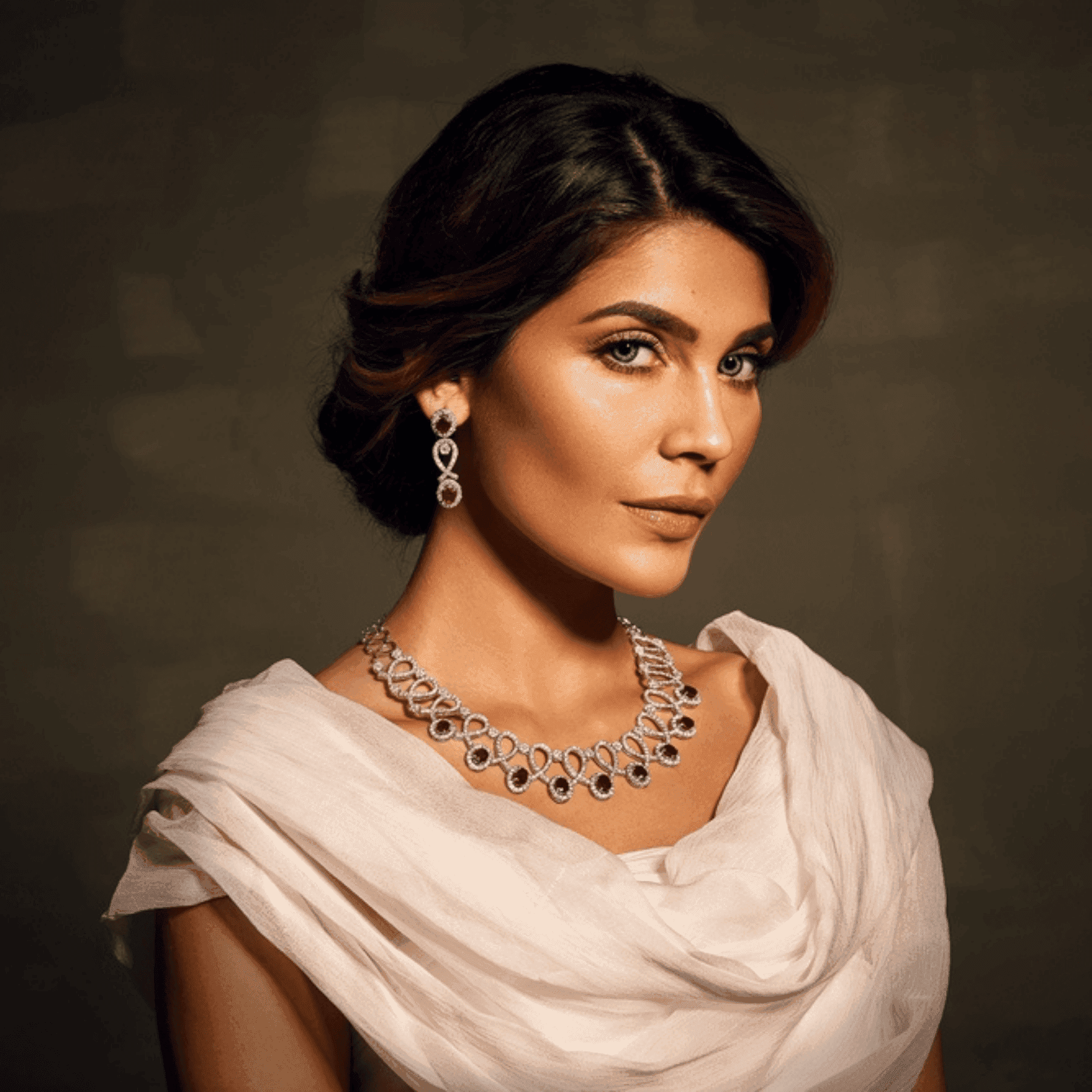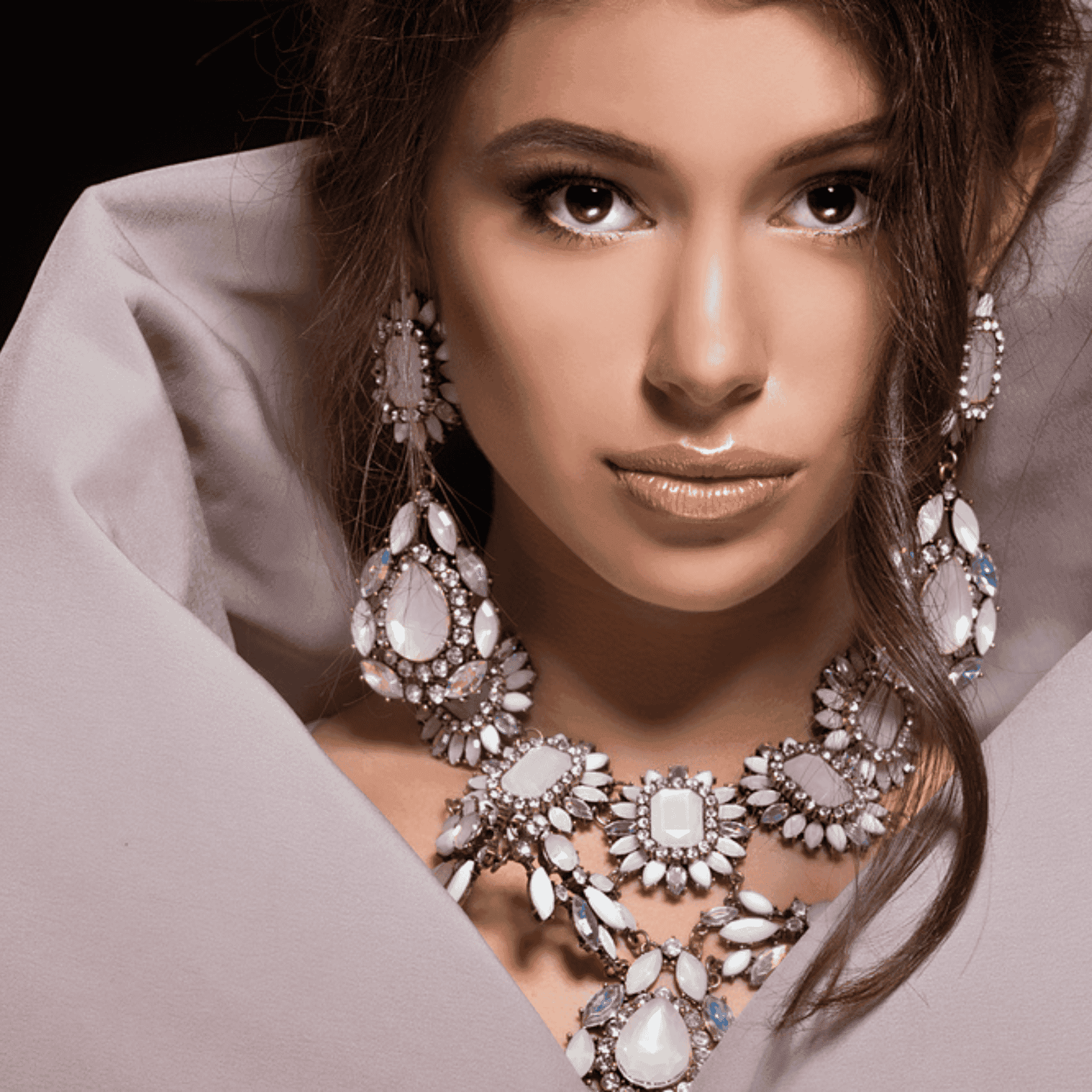-4dc737dc-58b3-48ec-b9fd-d68c889cafa5.webp&w=3840&q=75)
Luxury Edit
•05 min read

Perfume, with its alluring aroma and timeless appeal, has long been an emblem of art and expression. In this blog, we explore the true meaning of perfume and provide insights into the definition of perfume, its rich history, and the luxurious craftsmanship behind each creation. By the end of this guide, you will understand how luxury fragrances capture emotion, memory, and personality in every bottle.
Perfume comes from the Latin phrase "per fumum," meaning "through smoke." Originally linked to ritualistic ceremonies and the burning of aromatic substances, perfume has evolved into a fragrant liquid that defines personal allure and ambiance. Today, it is a blend of art and chemistry that captures emotion and transforms everyday moments into experiences of luxury and self-expression.
In its contemporary form, perfume is a carefully crafted liquid that combines essential oils, aroma compounds, and solvents. It is designed to:
Invoke emotions and memories.
Reflect individual style and personality.
Add a layer of sophistication to one’s identity.
This definition of perfume not only highlights its function as a scent but also as a medium for personal expression and creativity.
The concept of perfume varies across cultures. In French, perfume is known as "parfum," a term steeped in notions of luxury and refinement. In Hindi and Urdu, words like "itr" and "khushboo" convey cultural and spiritual depth, connecting modern luxury fragrances to ancient traditions. These interpretations enrich the narrative of perfume, making it a universal language of style and identity.
Perfume’s story begins over 4,000 years ago in ancient regions such as Mesopotamia, Egypt, and the Indus Valley. Early perfumers used natural ingredients like flowers, spices, and resins to create scents that were used in religious ceremonies and daily rituals. This history of perfume lays the foundation for its evolution into a symbol of luxury and personal expression.
During the Middle Ages, perfume became an essential element in hygiene and religious practices. It provided a way to mask scents and elevate spiritual experiences. The Renaissance brought about a flourishing of artistic expression in perfume making, particularly in European countries where the art of blending scents became a refined skill. It was during this time that luxury fragrances began to symbolize status and sophistication.
Modern perfume has only deepened these rich traditions. The industrial revolution introduced synthetic ingredients, expanding the palette for perfumers and making luxury scents more accessible. Today, contemporary artisans blend tradition with modern innovation, creating bespoke creations that honor history while embracing modern technology. The evolution of perfume truly reflects the intersection of artistry, culture, and science.

The magic within a perfume bottle comes from its fragrance composition, which is organized into three distinct layers known as notes. The top notes create an initial, fresh impression with light elements like citrus and herbs. Next, the middle notes, or heart, form the core of the fragrance, lasting much longer with a blend of floral or spicy scents. Finally, the base notes provide a rich foundation, often including musky or woody elements. This layered structure not only explains the process of how perfume is made but also highlights the art behind each creation.
Perfume is classified into several categories based on the concentration of aromatic oils. These include:
Parfum (Extrait): The most concentrated form, offering longevity and intensity.
Eau de Parfum (EDP): A balanced option ideal for daily elegance.
Eau de Toilette (EDT): Lighter and refreshing, perfect for casual wear.
Eau de Cologne (EDC): The least concentrated, providing a subtle, ephemeral scent.
Each type serves a unique role in personal expression and lifestyle, giving everyone a reason to explore their signature scent.
While the terms perfume and cologne are often used interchangeably, they differ in both concentration and presentation. Perfumes are generally richer and are meant for all genders. In contrast, cologne is known for its lighter composition and is commonly marketed with a fresh appeal for everyday use. Understanding this distinction helps in choosing the right scent for any occasion.
The creation of a luxury perfume is an intricate process that begins with the careful sourcing of ingredients. Natural extracts from flowers, spices, and other botanicals often combine with synthetic molecules to form a unique aroma. The skilled perfumer, often called a "nose," then embarks on the delicate task of blending these ingredients to achieve a balanced and evocative scent profile. After the initial blend, the mixture is aged to allow the notes in perfume to harmonize, resulting in a more refined fragrance. Finally, luxury scents are bottled in visually stunning packaging which reflects the care and precision behind each creation.
The craftsmanship behind each fragrance is further elevated by luxury scent brands who emphasize exclusivity and artistry. These brands ensure that every bottle resonates with innovation and responsible fashion, making each perfume not just a product, but a story of tradition, impact, and personal identity. By appreciating both the history and the modern techniques, consumers can truly see how each fragrance is a work of art.
Luxury fragrances are grouped into distinct perfume categories based on their dominant aroma profiles, often referred to as fragrance families. The main categories include:
-8704a161-e35d-4932-b982-017add6889b1.png&w=3840&q=75)
Floral: Emphasizing romantic and feminine notes like rose and jasmine.
Woody: Featuring earthy tones such as sandalwood and cedar that exude warmth.
Oriental: Highlighting exotic and spicy ingredients like vanilla and amber for a rich, sensual experience.
Fresh: Incorporating clean, invigorating elements like citrus and aquatic notes that uplift the spirit.
This classification helps in understanding the vast types of perfume available and guides users in selecting a fragrance that fits their style and mood.
Choosing the ideal luxury scent begins with understanding your personal style and the occasion for which you need the fragrance. Always test the perfume on your skin, as natural body chemistry plays a significant role in how a fragrance develops over time. It is also recommended to opt for a signature scent that resonates with your individuality and expresses your true self. This process of selection makes perfume more than just a beauty accessory—it becomes a part of one’s identity.
Insight Corner: The Secret Behind Fragrance Layers
Did you know that a perfume’s top notes are designed to captivate you instantly, while the base notes linger for hours, creating a lasting impression? This delicate interplay of notes is what makes luxury fragrances unforgettable. Each layer works in harmony to tell a unique story, enriching the sensory experience and deepening your connection to the scent.
Perfume is a fragrant liquid made from essential oils, aroma compounds, and solvents, designed to enhance personal scent and evoke emotions.
Simply put, perfume is a liquid that smells pleasant and is used to make people or spaces smell good.
Beyond its literal definition, perfume symbolizes luxury, artistry, and self-expression.
Historically, perfume meant "through smoke" and was used in the burning of aromatic substances during rituals.
The term "parfum" is derived from French, reflecting a long-standing association with sophistication and luxury.
Perfume is not just a fragrant liquid, but a sensory journey that ties together art, history, and personal identity. Its composition, ranging from bright top notes to deep, lingering base notes, showcases a craft steeped in tradition yet driven by innovation. As you explore the world of luxury fragrances, remember that each scent encapsulates a narrative of timeless elegance and creativity. Embrace the art of self-expression through your chosen scent and allow it to enhance your personal style and identity.